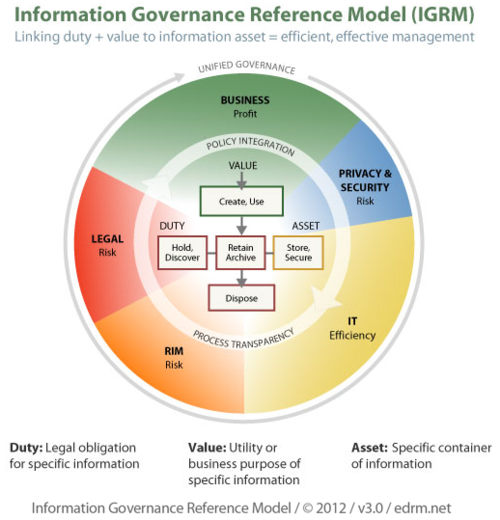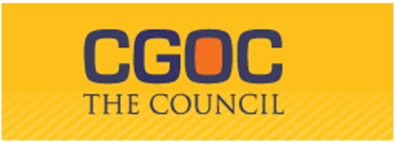This is the first of the 2012 LegalTech New York (LTNY) Thought Leader Interview series. eDiscoveryDaily interviewed several thought leaders at LTNY this year and generally asked each of them the following questions:
- What do you consider to be the emerging trends in eDiscovery that will have the greatest impact in 2012?
- Which trend(s), if any, haven’t emerged to this point like you thought they would?
- What are your general observations about LTNY this year and how it fits into emerging trends?
- What are you working on that you’d like our readers to know about?
Today’s thought leader is George Socha. A litigator for 16 years, George is President of Socha Consulting LLC, offering services as an electronic discovery expert witness, special master and advisor to corporations, law firms and their clients, and legal vertical market software and service providers in the areas of electronic discovery and automated litigation support. George has also been co-author of the leading survey on the electronic discovery market, The Socha-Gelbmann Electronic Discovery Survey; last year he and Tom Gelbmann converted the Survey into Apersee, an online system for selecting eDiscovery providers and their offerings. In 2005, he and Tom Gelbmann launched the Electronic Discovery Reference Model project to establish standards within the eDiscovery industry – today, the EDRM model has become a standard in the industry for the eDiscovery life cycle and there are nine active projects with over 300 members from 81 participating organizations. George has a J.D. for Cornell Law School and a B.A. from the University of Wisconsin – Madison.
What do you consider to be the emerging trends in eDiscovery that will have the greatest impact in 2012?
I may have said this last year too, but it holds true even more this year – if there's an emerging trend, it's the trend of people talking about the emerging trend. It started last year and this year every person in the industry seems to be delivering the emerging trend. Not to be too crass about it, but often the message is, "Buy our stuff", a message that is not especially helpful.
Regarding actual emerging trends, each year we all try to sum up legal tech in two or three words. The two words for this year can be “predictive coding.” Use whatever name you want, but that's what everyone seems to be hawking and talking about at LegalTech this year. This does not necessarily mean they really can deliver. It doesn't mean they know what “predictive coding” is. And it doesn't mean they've figured out what to do with “predictive coding.” Having said that, expanding the use of machine assisted review capabilities as part of the e-discovery process is a important step forward. It also has been a while coming. The earliest I can remember working with a client, doing what's now being called predictive coding, was in 2003. A key difference is that at that time they had to create their own tools. There wasn't really anything they could buy to help them with the process.
Which trend(s), if any, haven’t emerged to this point like you thought they would?
One thing I don't yet hear is discussion about using predictive coding capabilities as a tool to assist with determining what data to preserve in the first place. Right now the focus is almost exclusively on what do you do once you’ve “teed up” data for review, and then how to use predictive coding to try to help with the review process.
Think about taking the predictive coding capabilities and using them early on to make defensible decisions about what to and what not to preserve and collect. Then consider continuing to use those capabilities throughout the e-discovery process. Finally, look into using those capabilities to more effectively analyze the data you're seeing, not just to determine relevance or privilege, but also to help you figure out how to handle the matter and what to do on a substantive level.
What are your general observations about LTNY this year and how it fits into emerging trends?
Well, Legal Tech continues to have been taken over by electronic discovery. As a result, we tend to overlook whole worlds of technologies that can be used to support and enhance the practice of law. It is unfortunate that in our hyper-focus on e-discovery, we risk losing track of those other capabilities.
What are you working on that you’d like our readers to know about?
With regard to EDRM, we recently announced that we have hit key milestones in five projects. Our EDRM Enron Email Data Set has now officially become an Amazon public dataset, which I think will mean wider use of the materials.
We announced the publication of our Model Code of Conduct, which was five years in the making. We have four signatories so far, and are looking forward to seeing more organizations sign on.
We announced the publication of version 2.0 of our EDRM XML schema. It's a tightened-up schema, reorganized so that it should be a bit easier to use and more efficient in the operation.
With the Metrics project, we are beginning to add information to a database that we've developed to gather metrics, the objective being to be able to make available metrics with an empirical basis, rather than the types of numbers bandied about today, where no one seems to know how they were arrived at. Also, last year the Uniform Task Billing Management System (UTBMS) code set for litigation was updated. The codes to use for tracking e-discovery activities were expanded from a single code that covered not just e-discovery but other activities, to a number of codes based on the EDRM Metrics code set.
On the Information Governance Reference Model (IGRM) side, we recently published a joint white paper with ARMA. The paper cross-maps the EDRMs Information Governance Reference Model (IGRM) with ARMA's Generally Accepted Recordkeeping Principles (GARP). We look forward to more collaborative materials coming out of the two organizations.
As for Apersee, we continue to allow consumers search the data on the site for free, but we also are longer charging providers a fee for their information to be available. Instead, we now have two sponsors and some advertising on the site. This means that any provider can put information in, and everyone can search that information. The more data that goes in, the more useful the searching process comes because. All this fits our goal of creating a better way to match consumers with the providers who have the services, software, skills and expertise that the consumers actually need.
And on a consulting and testifying side, I continue to work a broad array of law firms; corporate and governmental consumers of e-discovery services and software; and providers offering those capabilities.
Thanks, George, for participating in the interview!
And to the readers, as always, please share any comments you might have or if you’d like to know more about a particular topic!










